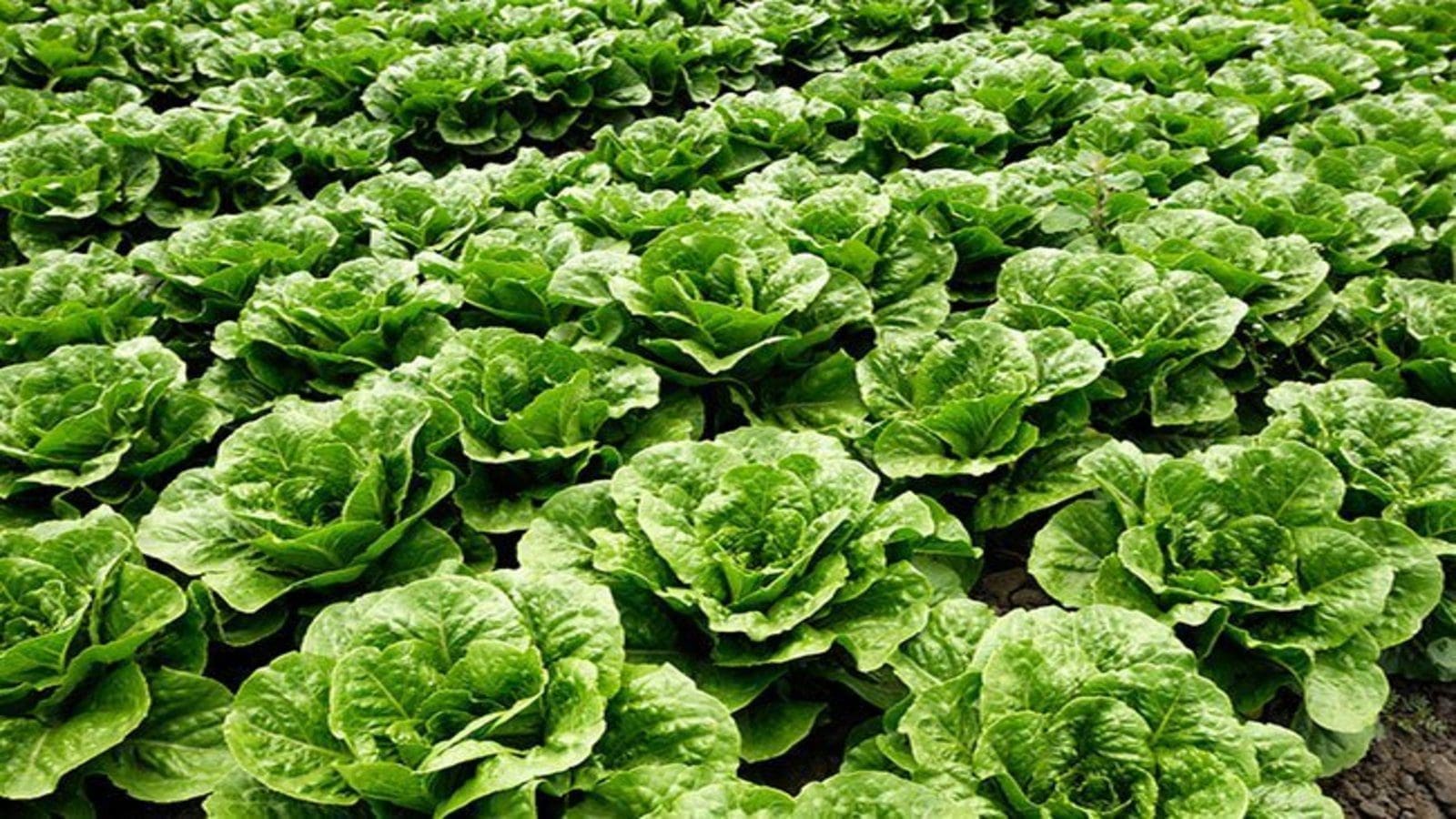U.S – The US Food and Drug Administration (FDA) has publicized the findings of a sampling assignment it conducted on romaine lettuce in Yuma County, Arizona between February and March 2021 to determine the presence of Shiga toxin-producing Escherichia coli (STEC), specifically enterohemorrhagic Escherichia coli (EHEC), and Salmonella spp.
This assignment was part of the FDA’s ongoing surveillance following multistate E. coli O157:H7 outbreaks of foodborne illness in recent years linked to or potentially linked to romaine lettuce.
Helping to ensure the microbiological safety of leafy greens continues to be a priority of the FDA. Romaine lettuce and other leafy greens are among the most widely consumed vegetables in the United States and are an important part of a healthy diet.
FDA is working on several fronts to help prevent microbial contamination of leafy greens and to prevent outbreaks of foodborne illness. Chief among these efforts is the FDA’s Leafy Greens STEC Action Plan (LGAP), which features public health approaches related to response, prevention and addressing knowledge gaps.
The agency’s goal in conducting this assignment was to determine whether the target pathogens and specific strains may be present in romaine lettuce from the Yuma agricultural region, to help prevent foodborne illness when possible.
In the event of a positive EHEC or Salmonella outcome, the agency planned to work with industry and state regulatory partners to identify the cause to inform future regulatory and/or research efforts and to develop strategies that could help preventive additional outbreaks.
The FDA collected 504 romaine samples for EHECs and Salmonella spp., with the testing performed by an independent laboratory on contract, as part of a pilot project. During the assignment the FDA detected E. coli O130:H11 in one sample.
The isolate was found to be moderate to high risk and could be capable of causing severe illness in humans, though it was not linked to any known human illnesses, and no product ever reached consumers. The owner of the product did not harvest the residual crop from the field where it was grown.
True to its word, FDA conducted an investigation at the farm to identify possible sources and routes of contamination. It was able to collect romaine lettuce from the field, multiple samples of soil, water, sediment, and animal fecal material. FDA also assessed farm equipment and other surfaces.
Only one of the total 24 samples generated STEC, specifically, E. coli O116:H-. This sample came from the outer leaves of romaine lettuce. The strain was further characterized as low risk to human health, and FDA’s analysis indicated the strain was not linked with any past known foodborne illness outbreaks.
The FDA continues to collaborate with industry, states, academia and other stakeholders through activities outlined in the LGAP to address this important public health issue.
E-coli outbreaks
In the United States, E. coli O157 outbreaks were first linked to contaminated leafy greens in 1995. Later, studying a decade of investigations between 2009 and 2018, the FDA and Centers for Disease Control and Prevention (CDC) identified 40 foodborne outbreaks of STEC infections in the U.S. with a confirmed or suspected link to leafy greens.
While most strains of E. coli are harmless, STEC can cause bloody diarrhea, anemia, blood-clotting problems, and kidney failure – conditions that are potentially life-threatening. The most common STEC, E. coli O157:H7, is the type most often associated with outbreaks.
Liked this article? Subscribe to Food Safety Africa News, our regular email newsletters with the latest news insights from Africa and the World’s food safety, quality and compliance. SUBSCRIBE HERE








